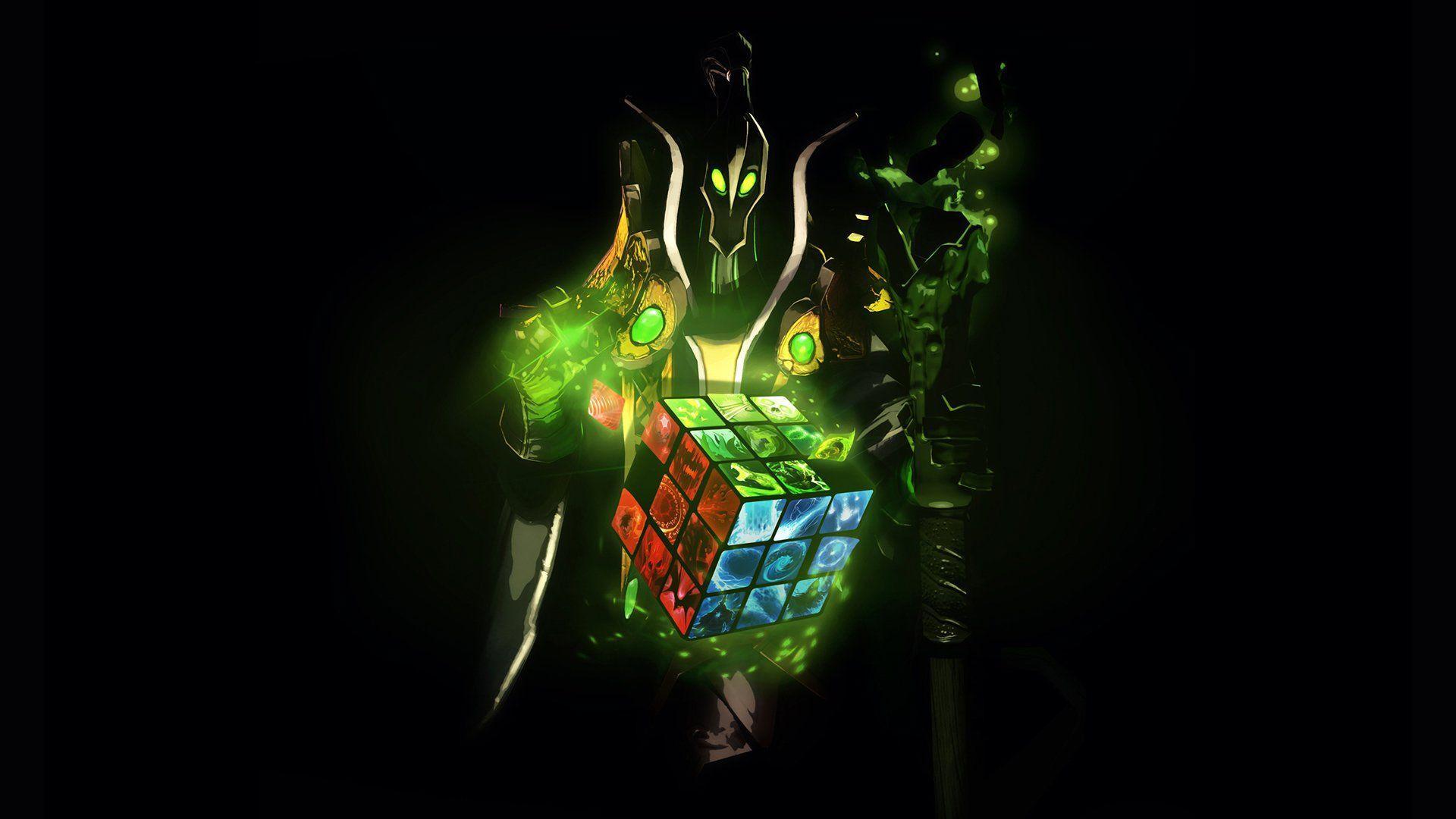
Mastering the Rubik’s Cube: Unleash Your Inner Speed Cuber
Are you looking to unlock the secrets of solving the Rubik’s Cube in lightning-fast time? If so, then get ready to dive into the thrilling world of speed cubing. Whether you’re a beginner or a seasoned cuber, speed cubing offers a whole new level of excitement and challenge. With a specialized cube known as a speed cube and a few techniques up your sleeve, you’ll be on your way to becoming a master of solving this iconic puzzle.
Speed cubing, as the name implies, is all about solving the Rubik’s Cube as quickly as possible. Unlike casual solving, which focuses on finding any solution, speed cubing takes efficiency and speed to a whole new level. It requires a combination of pattern recognition, algorithmic memorization, and finger dexterity to unravel the colorful enigma that is the Rubik’s Cube. This addictive hobby has attracted a dedicated community worldwide, where competitors strive to break their personal records and test their skills against others in thrilling competitions.
At the heart of speed cubing is the speed cube itself. Designed with a focus on smooth and fluid movements, these specialized cubes offer the responsiveness needed for lightning-fast solves. Unlike the standard Rubik’s Cube, which may feel stiff and sluggish, speed cubes feature enhanced turning mechanics, allowing for rapid rotations and quicker solving times. With the right speed cube, you’ll be able to execute algorithms with precision and finesse, leading to faster solves and an exhilarating cubing experience.
So, whether you’re a Rubik’s Cube enthusiast looking to up your game or a curious mind captivated by the world of speed cubing, prepare to immerse yourself in a world of algorithms, finger flicks, and jaw-dropping solves. In this article, we’ll explore the art of speed cubing, from choosing the right speed cube to learning advanced solving techniques. Get ready to unleash your inner speed cuber and embark on a journey that will challenge your mind, push your skills, and leave you craving for more.
Choosing the Right Speed Cube
When it comes to speed cubing, selecting the right speed cube can make all the difference. With so many options available, finding the perfect cube tailored to your preferences and solving style is essential. Here are some key factors to consider when choosing your ideal speed cube:

Speed and Smoothness: Speed cubes are designed to minimize friction and facilitate faster and smoother solving. Look for cubes with a reputation for high speed and effortless turning. Smooth rotations will allow you to execute algorithms swiftly and with precision, boosting your solving time.
Customizability: Different speed cubes offer various levels of customization. Some cubes come with adjustable tensions, enabling you to fine-tune the tightness or looseness of the cube’s mechanism. This customization gives you control over the cube’s feel, allowing you to optimize it to your liking and maximize your solving potential.
Durability: As speed cubing involves rigorous and repeated solving, durability is crucial. Look for speed cubes made from sturdy materials that can withstand constant use without losing their performance. Cubes with robust construction will ensure they remain reliable companions during your speed cubing journey.
Remember, the right speed cube is a personal choice based on your preferences and solving style. Take the time to explore different options, considering factors such as speed, customizability, and durability. By selecting a speed cube that suits you, you’ll be well on your way to mastering the Rubik’s Cube and unleashing your inner speed cuber.
Mastering the Basic Techniques
In order to become a proficient speed cuber, it is crucial to master the basic techniques involved in solving a Rubik’s Cube. Here are three fundamental techniques that will set you on the path to becoming a speed cubing pro.
Cross Formation:
The first step in solving a Rubik’s Cube quickly is to form a cross on one face of the cube. This is done by strategically placing the center pieces of each color in a way that creates a cross pattern. By focusing on this initial step, you set yourself up for success in the subsequent stages of the solve.
19 x 19F2L Method:
Once the cross is formed, it’s time to move on to the F2L (First Two Layers) method. This technique involves solving the first two layers of the cube simultaneously. By pairing up the corner and edge pieces and inserting them into their correct positions, you gradually build up the solved layers of the puzzle. This method requires practice to perfect, but it significantly reduces solve time compared to solving the layers one by one.OLL and PLL Algorithms:
The final phase of mastering the basic techniques involves learning the OLL (Orientation of the Last Layer) and PLL (Permutation of the Last Layer) algorithms. OLL algorithms focus on orienting all the pieces of the last layer while PLL algorithms deal with permuting them into their correct positions. By memorizing and practicing these algorithms, you eliminate the need for trial and error and can solve the Rubik’s Cube quickly and efficiently.
By understanding and practicing these basic techniques, you will lay a solid foundation for your speed cubing journey. Remember, consistent practice and dedication are key to unleashing your inner speed cuber and solving the Rubik’s Cube in record-breaking time. Stay tuned for the next section, where we explore advanced techniques to further enhance your speed cubing skills.
Advanced Strategies for Speed Cubing
In order to truly master the art of speed cubing and achieve lightning-fast solve times, it is essential to delve into advanced strategies. By incorporating these techniques into your solving routine, you can take your speed cubing skills to the next level.
Cross Planning: One key strategy to enhance your speed cubing prowess is to focus on efficiently planning your cross. The cross is the set of four-edge pieces that form a cross shape on one face of the Rubik’s cube. By mentally predicting and visualizing the optimal sequence of moves to create the cross, you can drastically reduce the time spent on this initial step.
F2L Pairing: The next advanced technique is known as F2L, or First Two Layers pairing. Rather than solving one layer at a time, F2L involves simultaneously inserting a corner and its corresponding edge into the first two layers. This method of chunking moves together allows for smoother transitions and faster solves.
Look Ahead: An essential skill for any speed cuber is the ability to "look ahead" while solving. This means that while executing one set of moves, you are already planning and anticipating the next steps in the sequence. Through practice and experience, you can train your mind to analyze the cube in advance, allowing for quicker and more efficient solves.
Incorporating these advanced strategies into your speed cubing routine will undoubtedly enhance your solving skills. Remember, speed cubing is a combination of practice, dedication, and strategy. With perseverance and a focus on these techniques, you can unlock your inner speed cuber and conquer the Rubik’s cube in record time.




